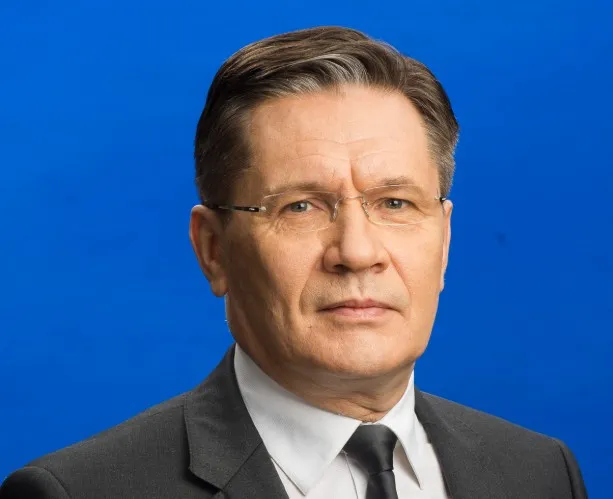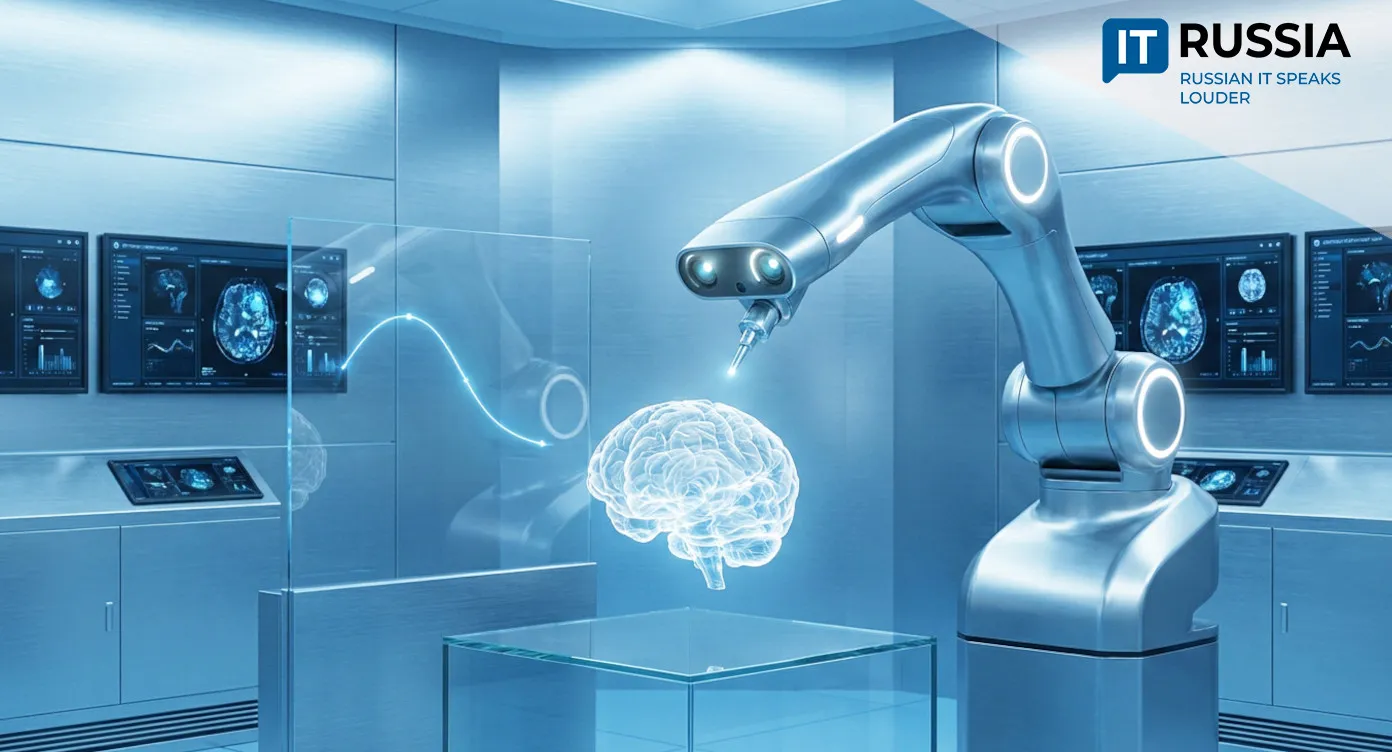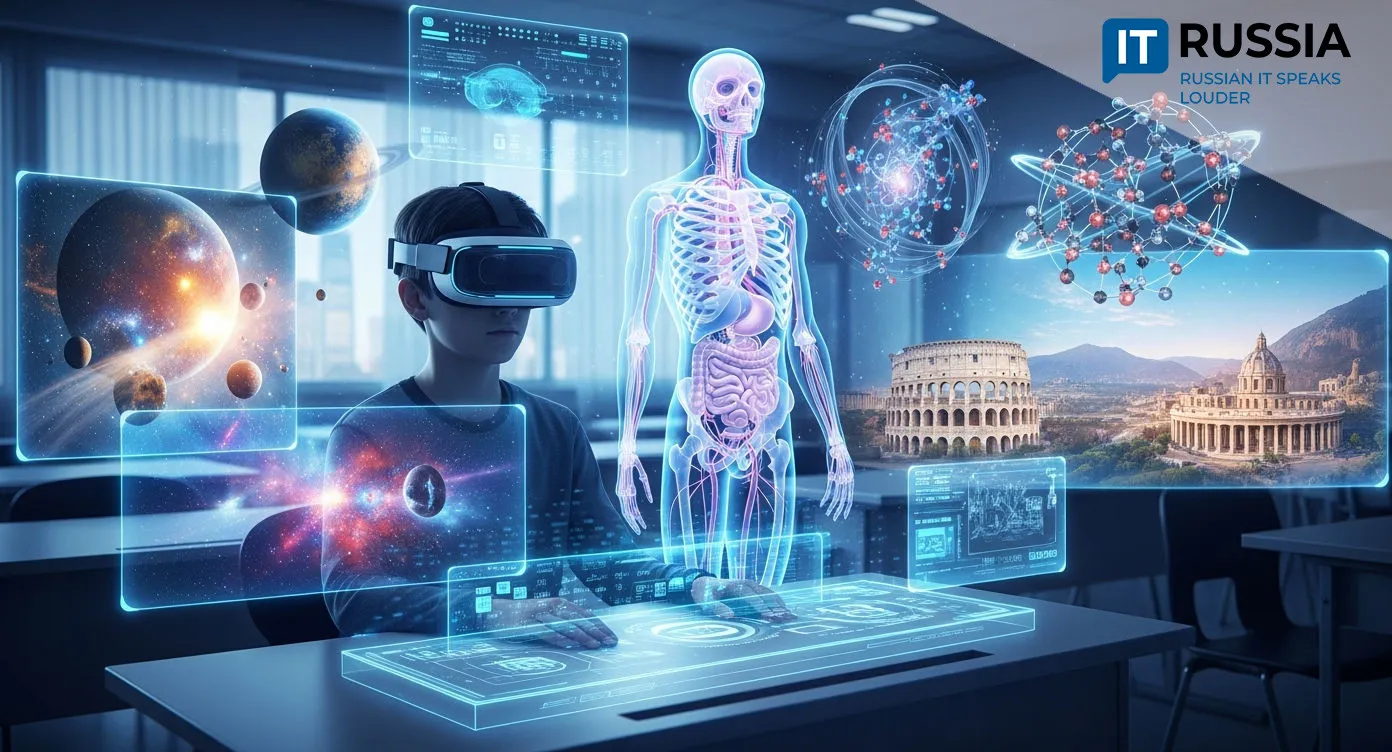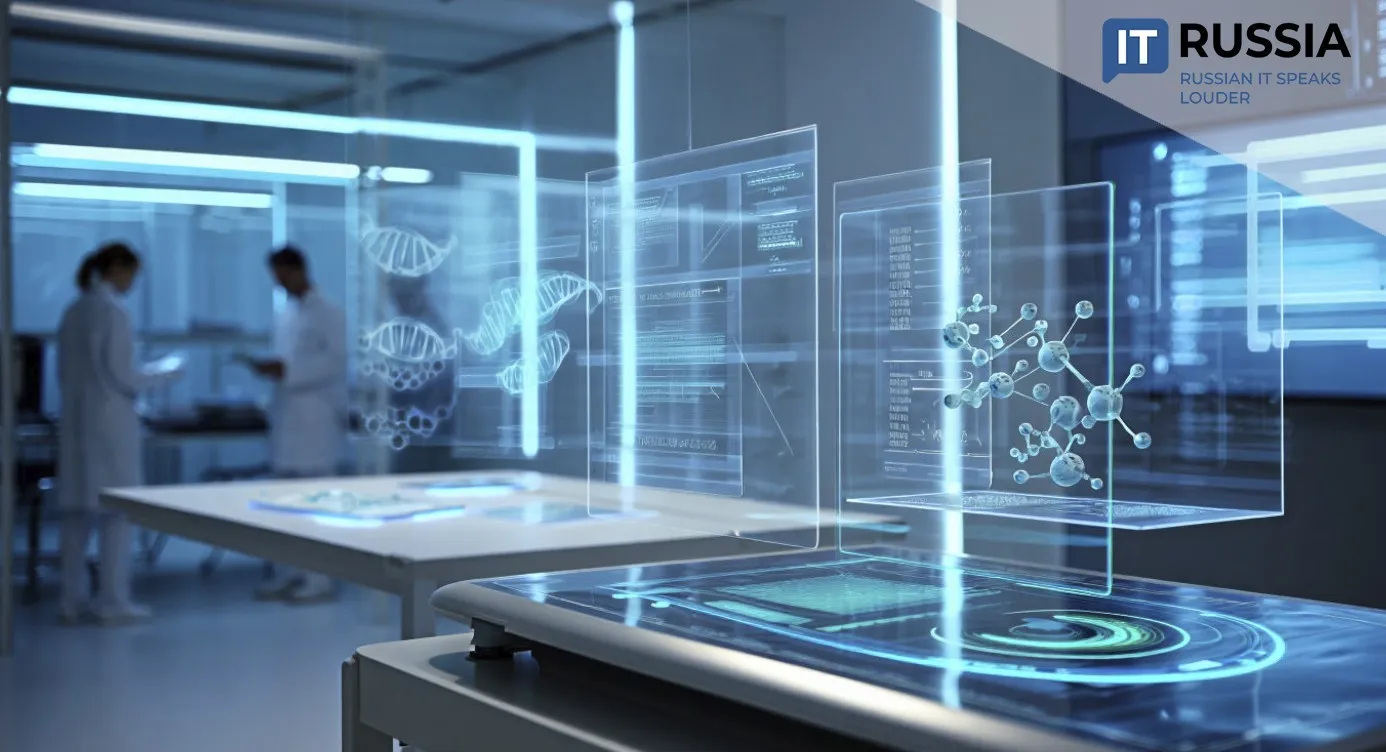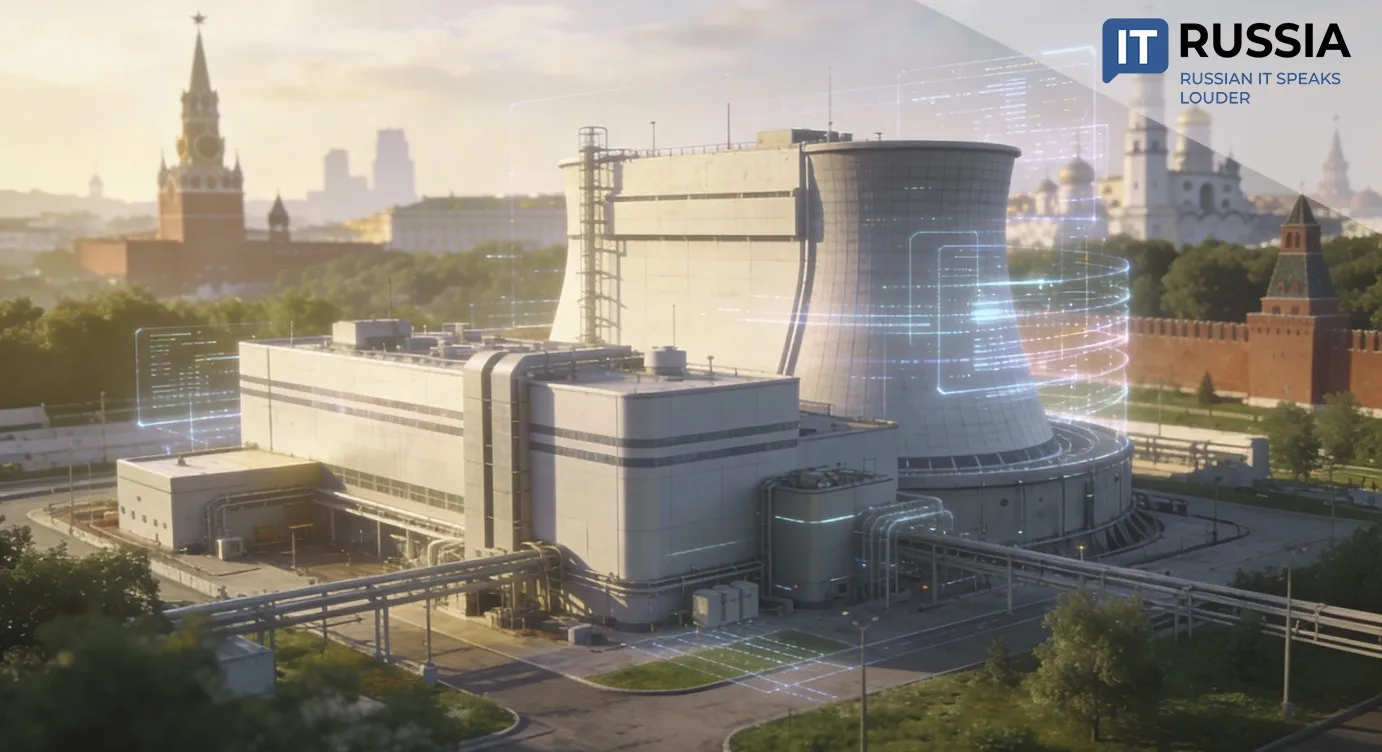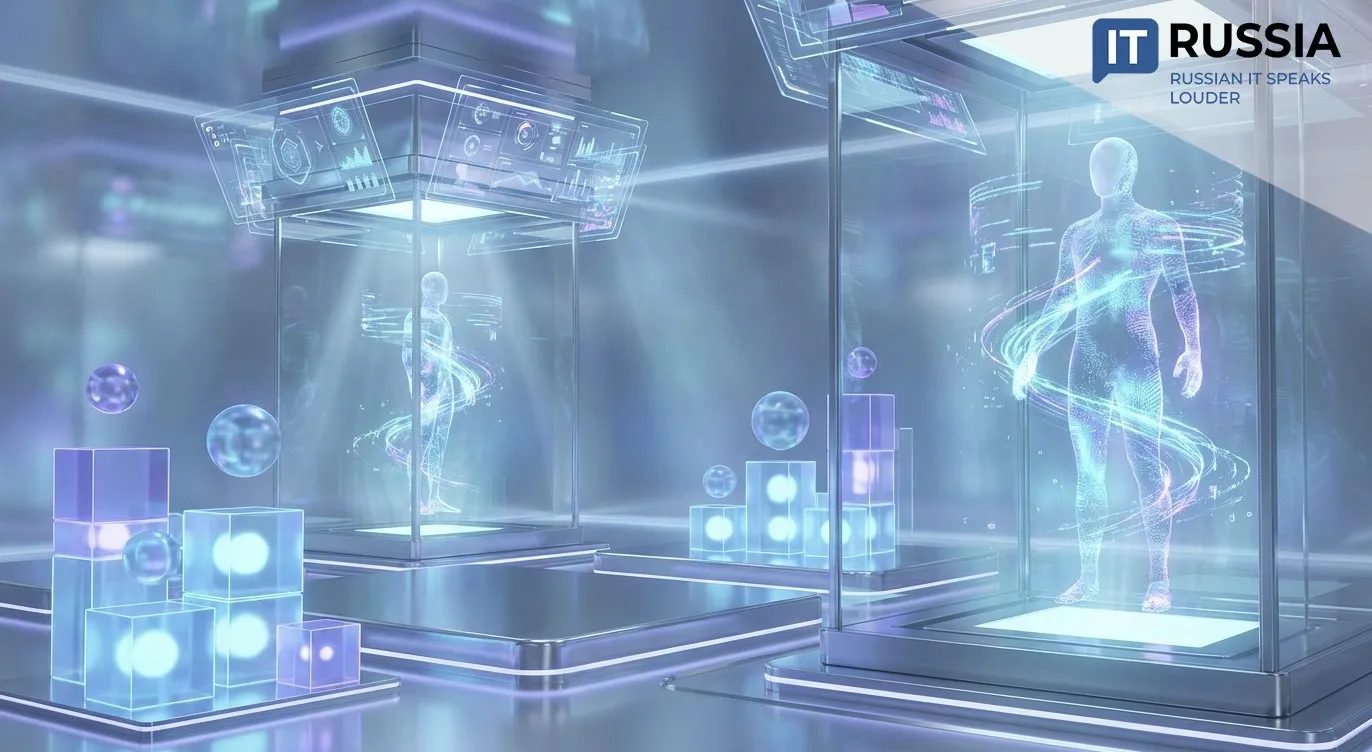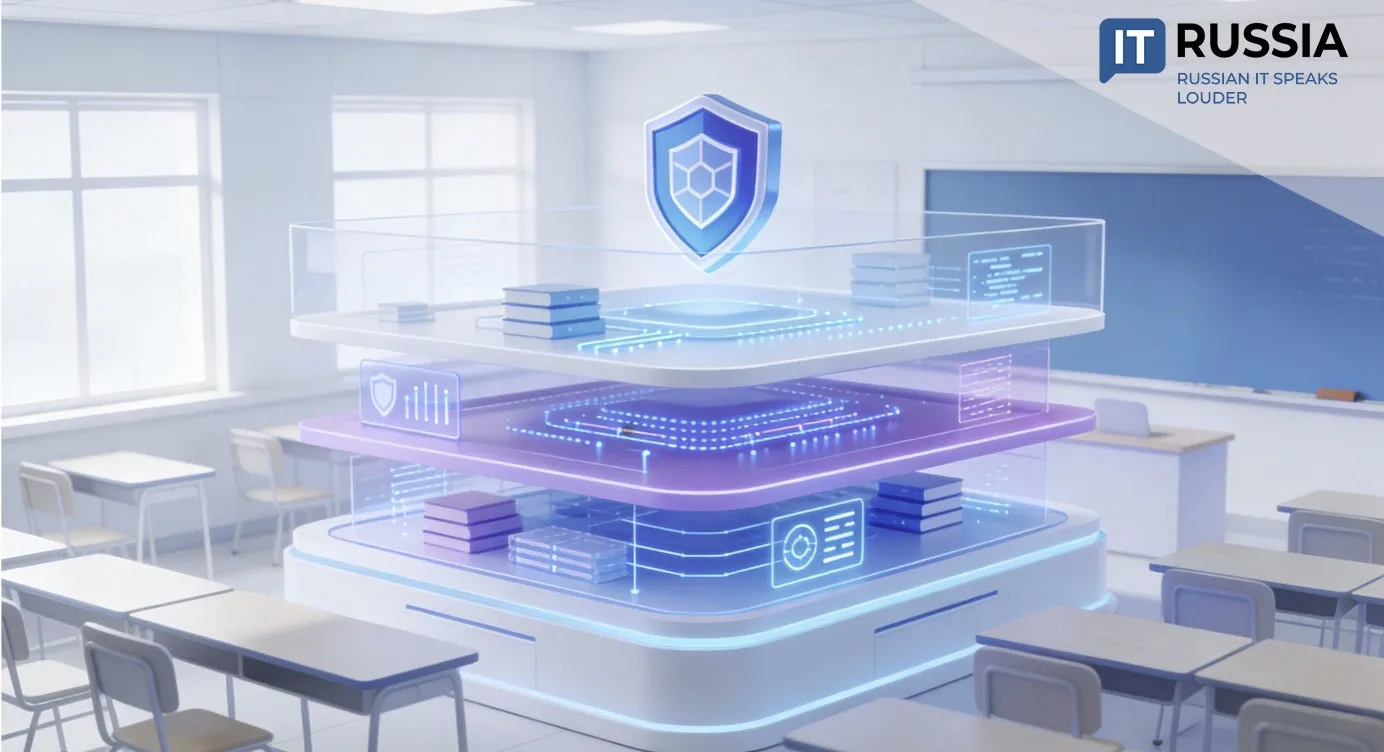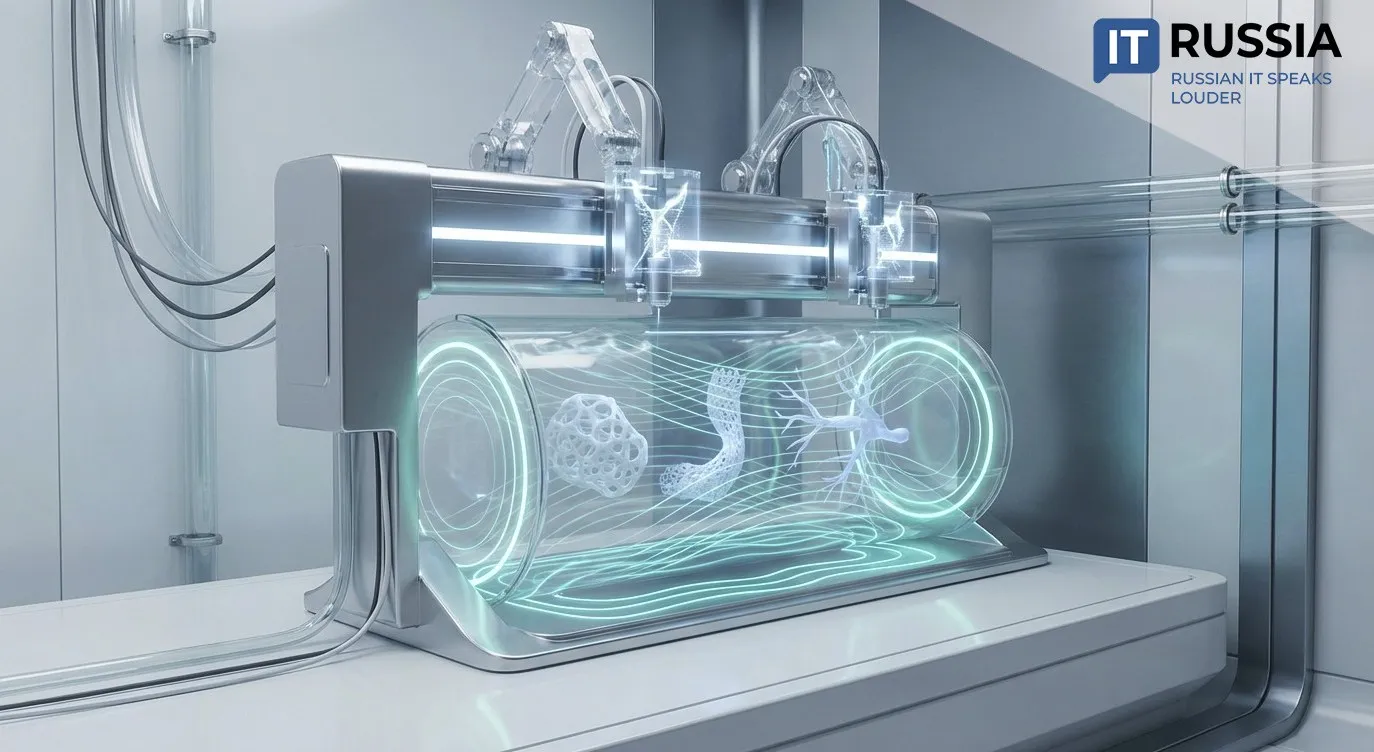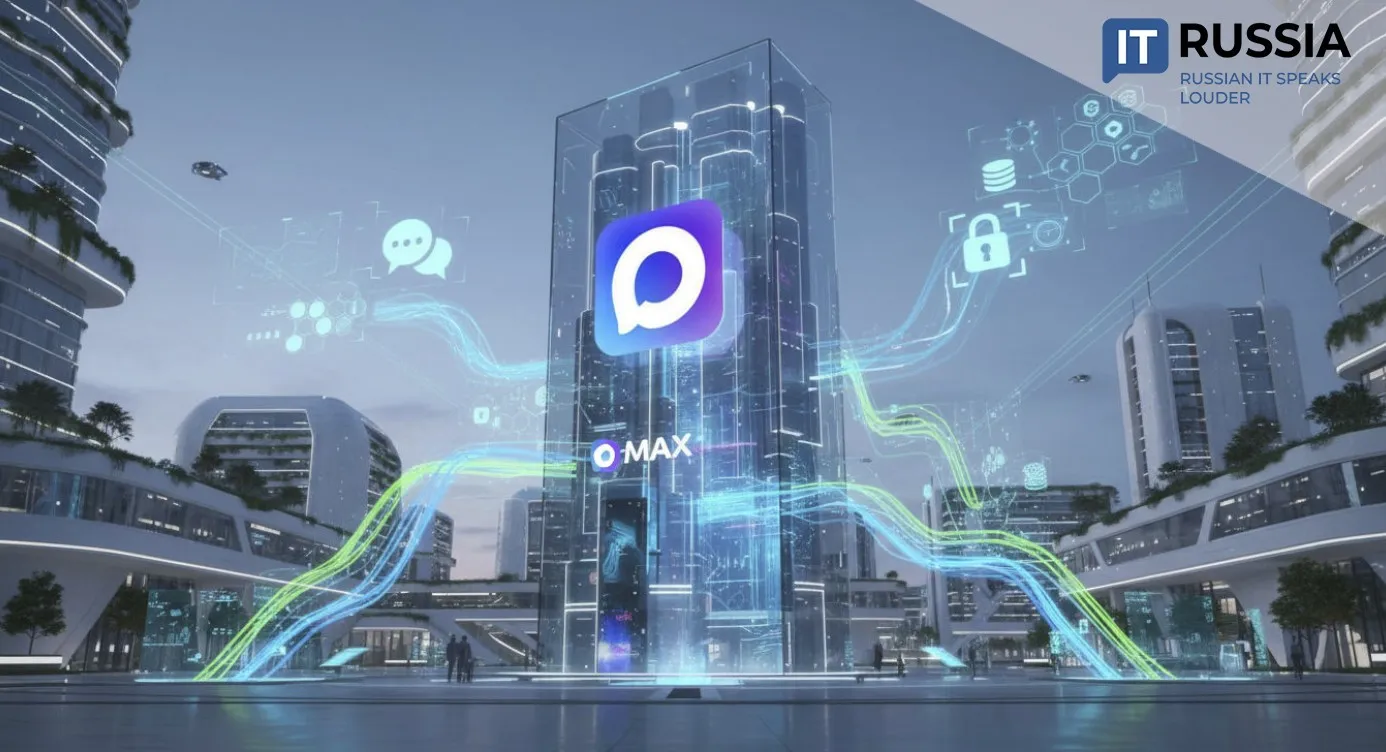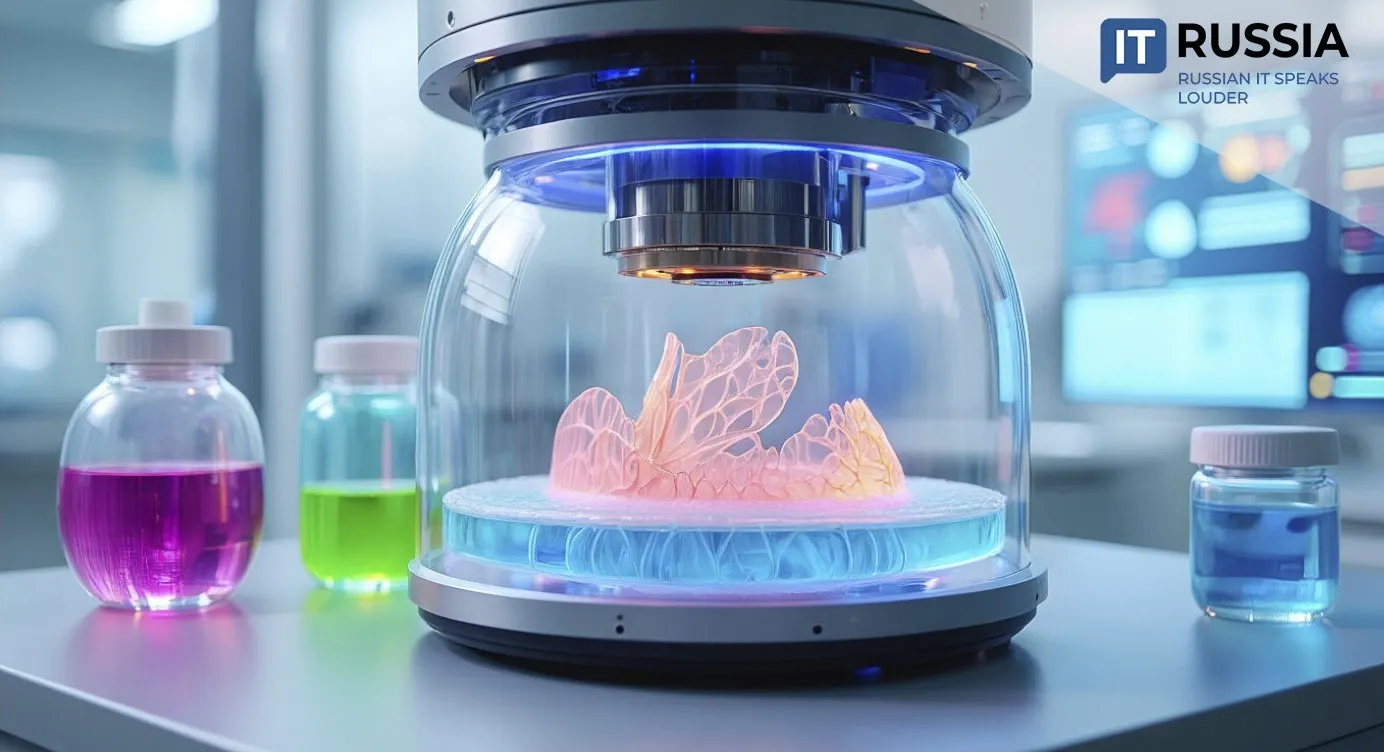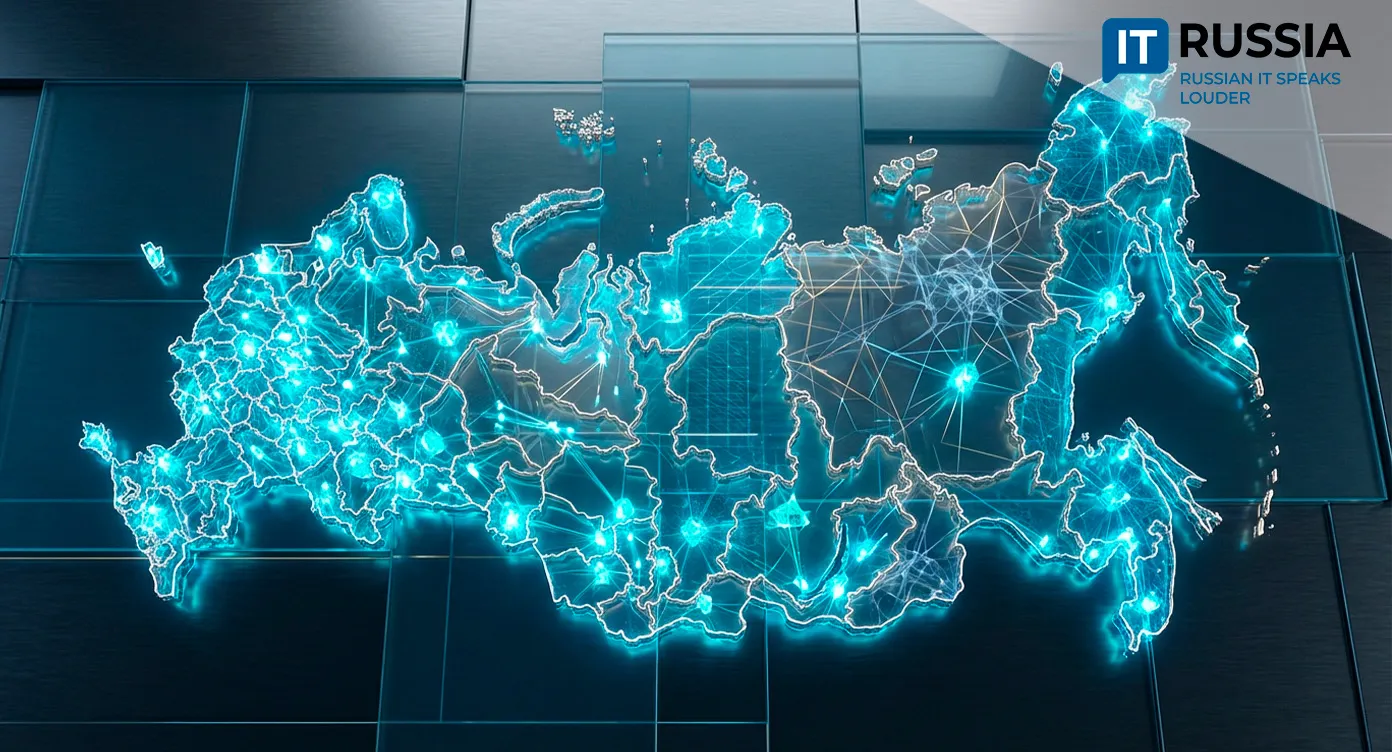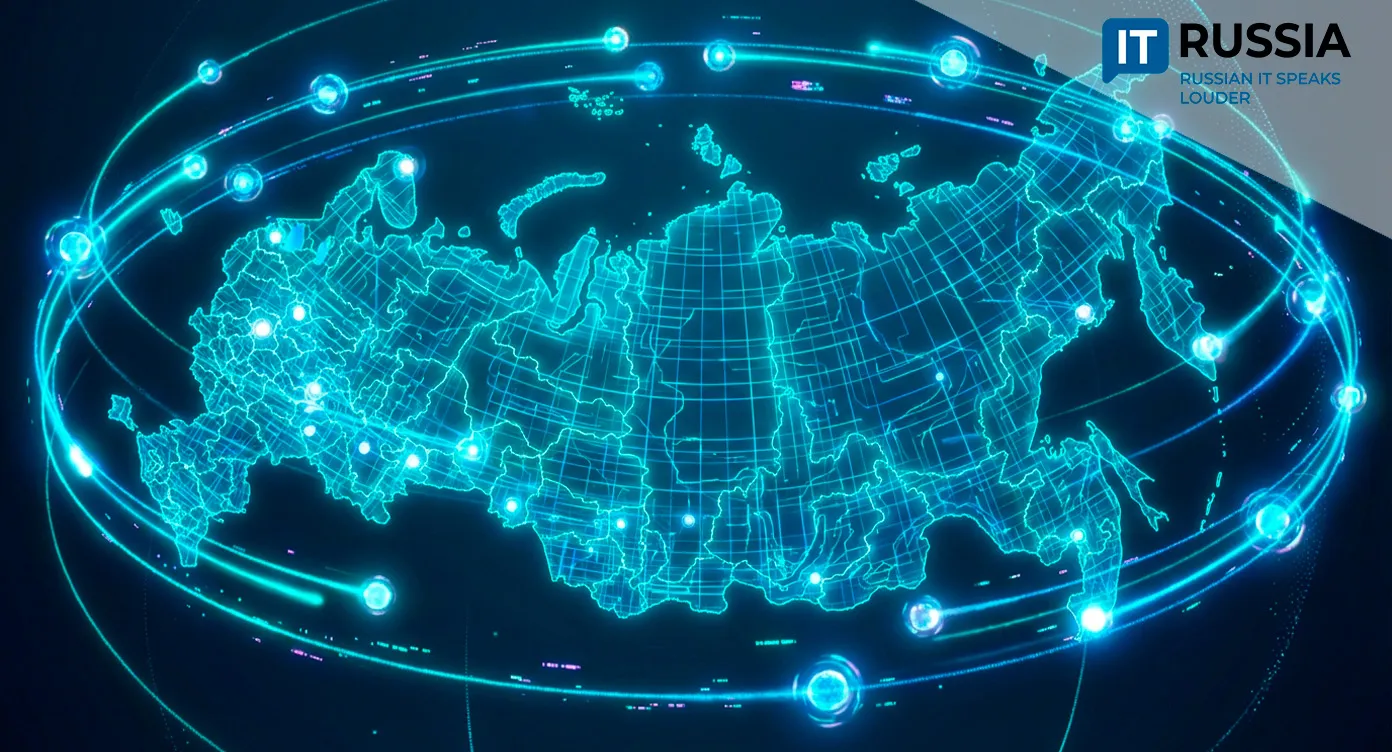From Atom to Patient: Rosatom Launches a Nationwide Medical IT Platform

Russian state corporation Rosatom, long known as a nuclear energy leader, is moving into healthcare digitalization. Its new medical information system, 'Atomdata Integration,' promises to unify services, telemedicine, and logistics into one secure platform.
Building the Foundation
Rosatom has announced the development of a nationwide medical information system (MIS) under its subsidiary 'Atomdata Integration.' A tender has been published with an initial price of 101.8 million rubles (≈ $1.27 million).
The MIS is designed as the backbone for healthcare modernization, connecting hospitals, logistics, analytics, and telemedicine into a single system fully integrated with state digital infrastructure. Its goals include improving hospital management, diagnostics, and surgical processes, enhancing continuity of care, and unifying regional medical services with centralized access to patient records, prescriptions, and treatment histories.
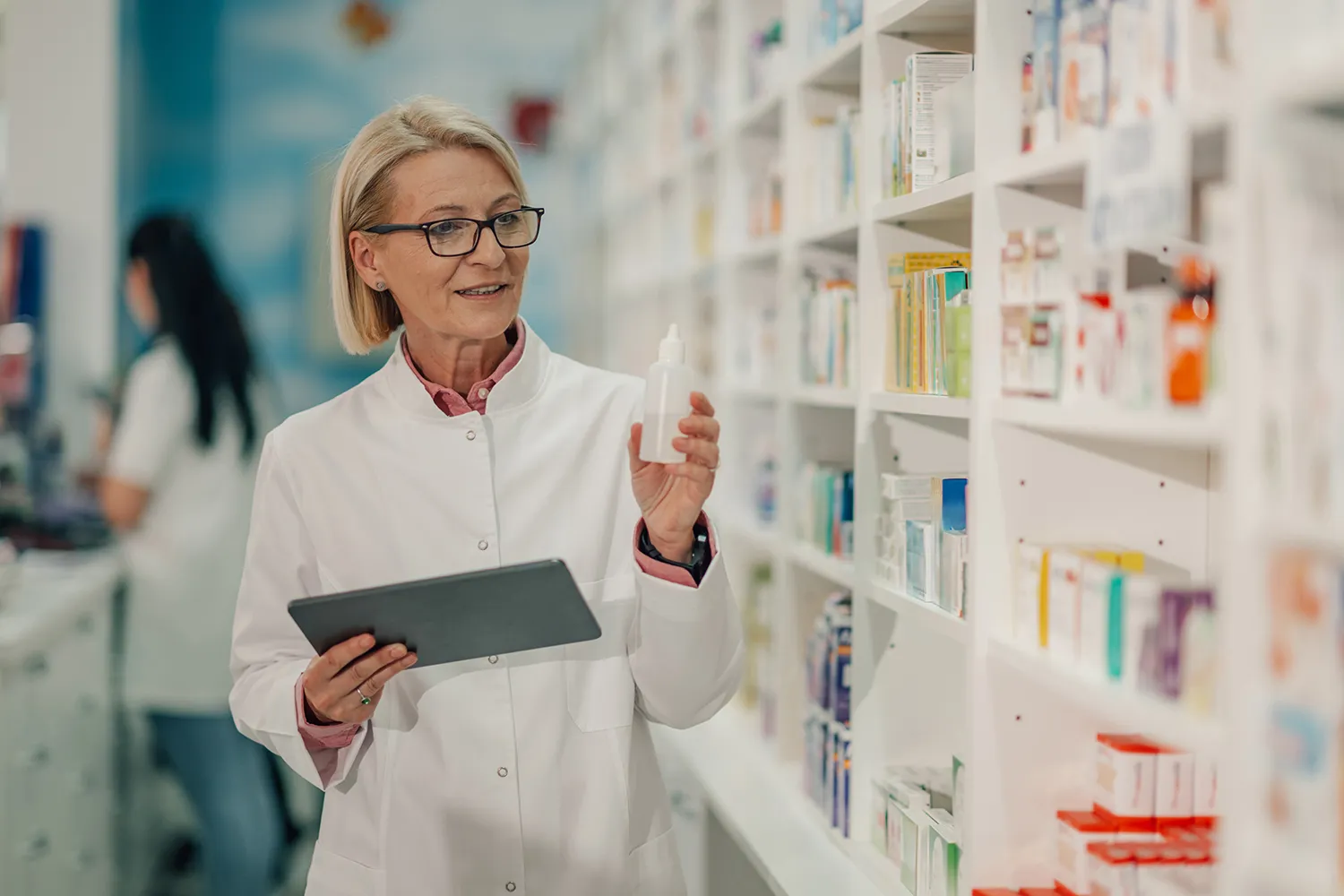
Digital Control and Automation
Key functions include automating clinical workflows in public hospitals, managing patient flows—from appointment scheduling and communication to monitoring quality of care—along with centralized supply of medicines, equipment, rehabilitation tools, and nutrition.
Electronic prescriptions, routing and quality control, emergency and telemedicine consultations are built into the platform.
A critical focus is integration and security. The MIS will be connected with national systems such as EGISZ, ESIA, GIS OMS, and SMEV 3.0. Importantly, the system is built entirely on Russian software, infrastructure, and data-protection technologies. Some components are developed in-house by Rosatom, ensuring a high level of sovereignty and cybersecurity.
Improving Quality and Access
Pilot projects already show improvements in care quality, accessibility, and efficiency. Data consolidation at the regional level allows physicians to make faster, more accurate decisions.
In the medium term, the platform is expected to unify and centralize management of regional healthcare systems, expand telemedicine, and integrate logistics and analytics.
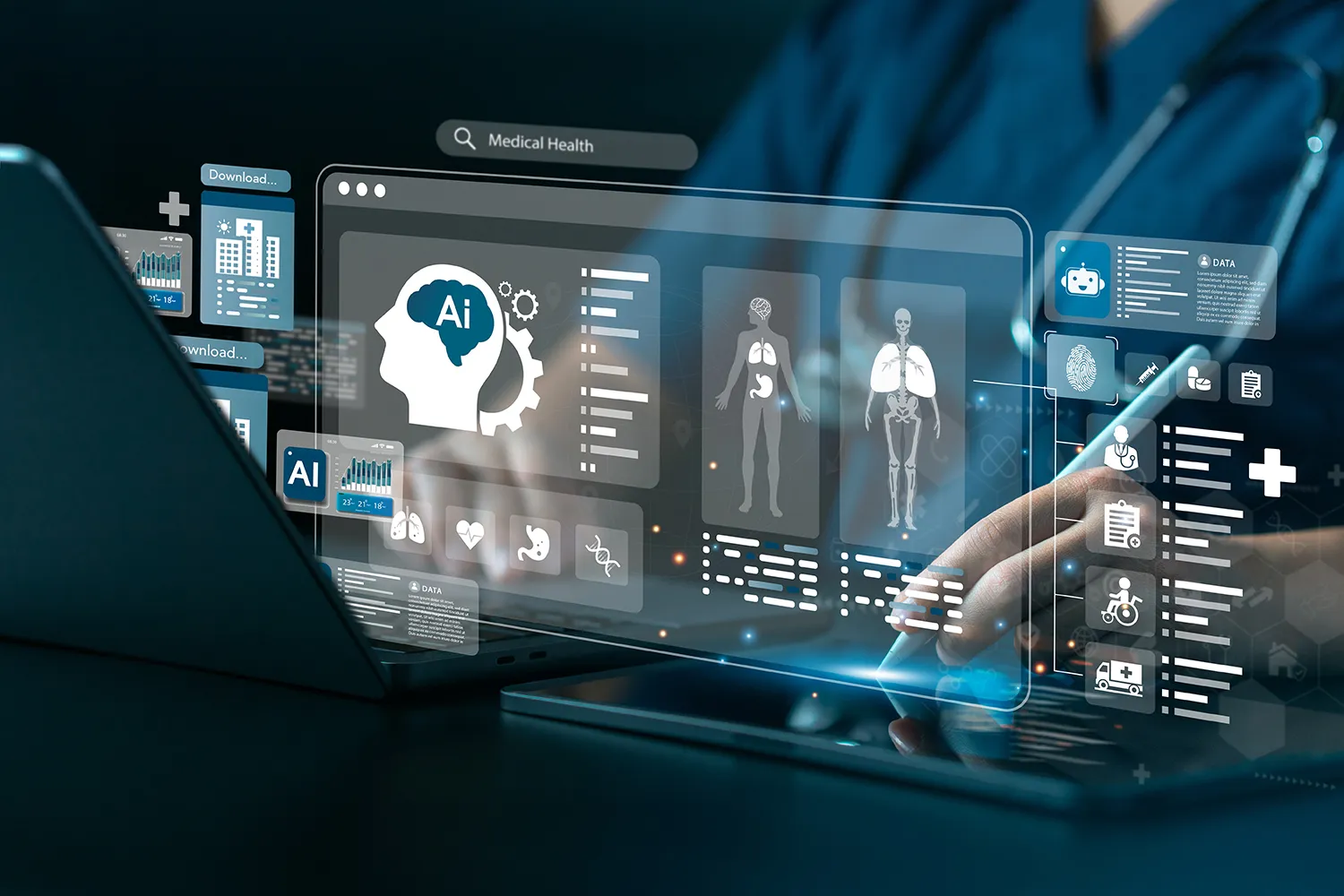
There is also export potential. Countries with limited access to Western digital platforms—particularly in BRICS and CIS—may find such systems attractive, though data protection requirements could present challenges.
Technological Base and Strategic Vision
The initiative builds on Rosatom’s broader digital and import substitution strategy. In 2022, Rosatom and FMBA began replacing imported medical devices. In December 2023, Rosatom’s 'Tianox' mobile medical system received its first international certification. In July 2025, Atomdata purchased Russian operating systems for Baikal-M and Elbrus supercomputers, strengthening the domestic IT base.
Together, these projects showcase a systemic approach: leveraging Rosatom’s nuclear expertise and IT competencies to strengthen national sovereignty in critical healthcare technologies.

Roadmap Ahead
Short-term goals include pilot deployments, integration testing, and functionality upgrades. Mid-term plans cover scaling to new regions, expanding telemedicine, and embedding analytical modules.
Long-term strategy envisions exporting the system to BRICS and developing countries. For Russia, this project is more than a digital platform—it is a strategic initiative demonstrating the country’s ability to create sovereign, world-class solutions in healthcare IT.


